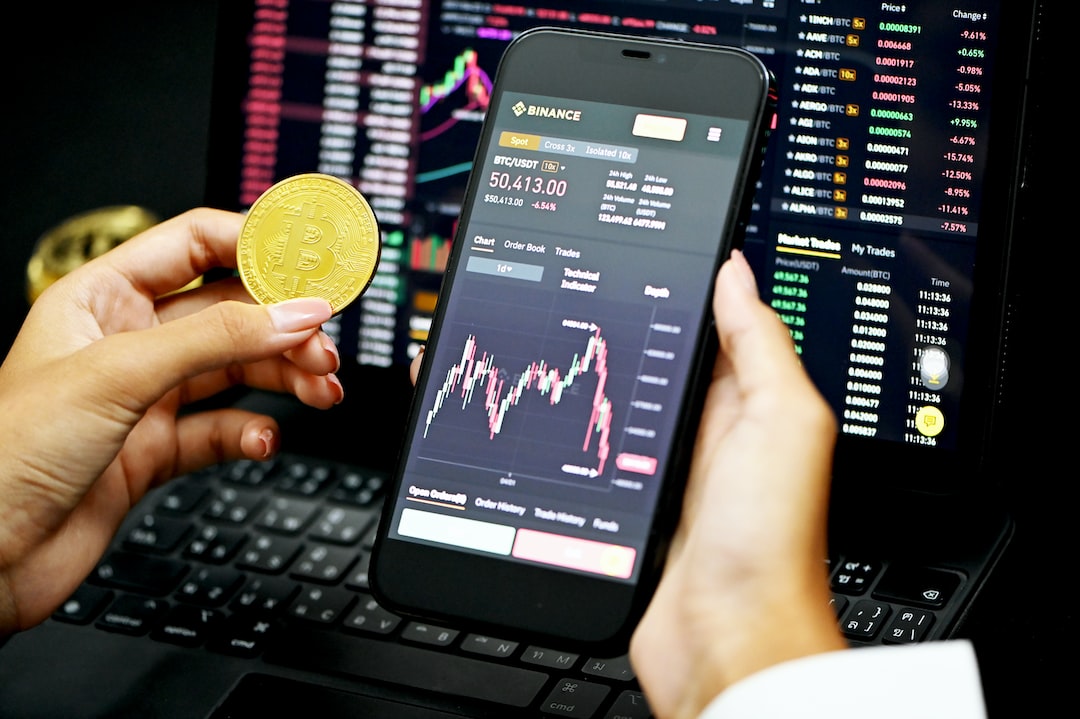PayPal’s PYUSD Stablecoin Facing Challenges in Gaining Traction
PayPal’s stablecoin, PayPal USD (PYUSD), is struggling to gain traction in the crypto industry, according to on-chain data from Nansen. Here are the key points:
- About 90% of PYUSD is held in Paxos Trust’s wallets, the stablecoin issuer.
- Only 7% of the total supply is held in crypto exchange wallets, such as Kraken, Gate.io, and Crypto.com.
- “Smart money” investors have shown negligible interest in PYUSD.
- PYUSD’s debut in August had high expectations for broader adoption, but so far, few users have utilized or held the stablecoin.
- Pools in decentralized exchanges like Uniswap have less than 50,000 tokens of PYUSD.
Despite the modest uptake, PYUSD has only been in circulation for less than three weeks. It is pegged to the U.S. dollar, issued by Paxos Trust, and built on the Ethereum network. PayPal’s stablecoin launch has sparked competition among established crypto players, with Circle expanding the availability of its USD Coin (USDC) on multiple blockchains. As of now, USDC has a market capitalization of $25 billion, while Tether’s (USDT) market capitalization surpasses $82 billion.
Hot Take: PayPal’s PYUSD Stablecoin Struggling to Meet Expectations
Despite the excitement surrounding the launch of PayPal’s stablecoin, PYUSD, it seems to be facing significant challenges in gaining traction among the crypto community. The majority of the stablecoin is held in Paxos Trust’s wallets, with only a small percentage being held in crypto exchange wallets. “Smart money” investors have shown minimal interest, and the overall adoption of PYUSD has been underwhelming. While it is still early days for the stablecoin, it is clear that it has not yet made the desired impact in the market. In the face of strong competition from stablecoin giants like USDC and USDT, PayPal will need to find ways to address these challenges and attract more users to its stablecoin.





 By
By
 By
By

 By
By

 By
By